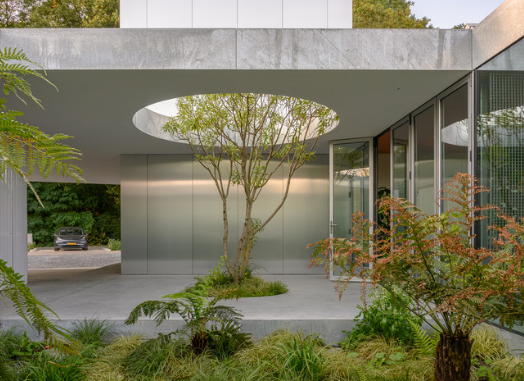The Art and Science of Landscape Design and Architecture
Landscape design and architecture play a crucial role in shaping the environment we live in. These disciplines not only enhance the aesthetics of our surroundings but also contribute significantly to our well-being and the ecosystem. Whether you are a homeowner looking to beautify your garden or a city planner focusing on urban development, understanding these concepts can greatly influence the quality of life in any space.
Understanding Landscape Design
Landscape design focuses on the planning and arrangement of outdoor spaces. It encompasses various elements, such as plant selection, garden layout, and the integration of hardscape features like patios and pathways. A well-designed landscape can improve air quality, provide habitats for local wildlife, and create enjoyable outdoor spaces for recreation and relaxation. Incorporating native plants and sustainable practices not only adds beauty but also enhances biodiversity and minimizes maintenance.
Landscape Architecture: Beyond Aesthetics
While closely related, landscape architecture typically involves larger-scale projects such as parks, urban plazas, and commercial developments. Landscape architects combine art and science to create functional spaces that meet the needs of communities. Their work often includes considerations for environmental impact, accessibility, and cultural relevance. By emphasizing sustainable design, landscape architects can help mitigate issues like urban heat islands and stormwater runoff, contributing to more resilient and livable cities.
Innovative Trends in Landscape Design and Architecture
As we move into a more environmentally conscious era, innovative trends are shaping how we approach landscape design and architecture. Vertical gardens, edible landscapes, and sustainable water management systems have gained popularity, merging aesthetics with practicality. Smart technology, such as automated irrigation systems and environmentally friendly materials, is also revolutionizing how we design and maintain outdoor spaces. These trends not only look good but also serve a greater purpose in our efforts to combat climate change and enhance community well-being.
In conclusion, landscape design and architecture are essential disciplines that significantly impact our environments and daily lives. By understanding and applying the principles of these fields, we can create sustainable, beautiful spaces that enhance our communities. If you’re interested in elevating your outdoor experience, consider exploring local landscape design services or engaging with community projects that focus on these vital aspects of our living environment. Happy designing!

